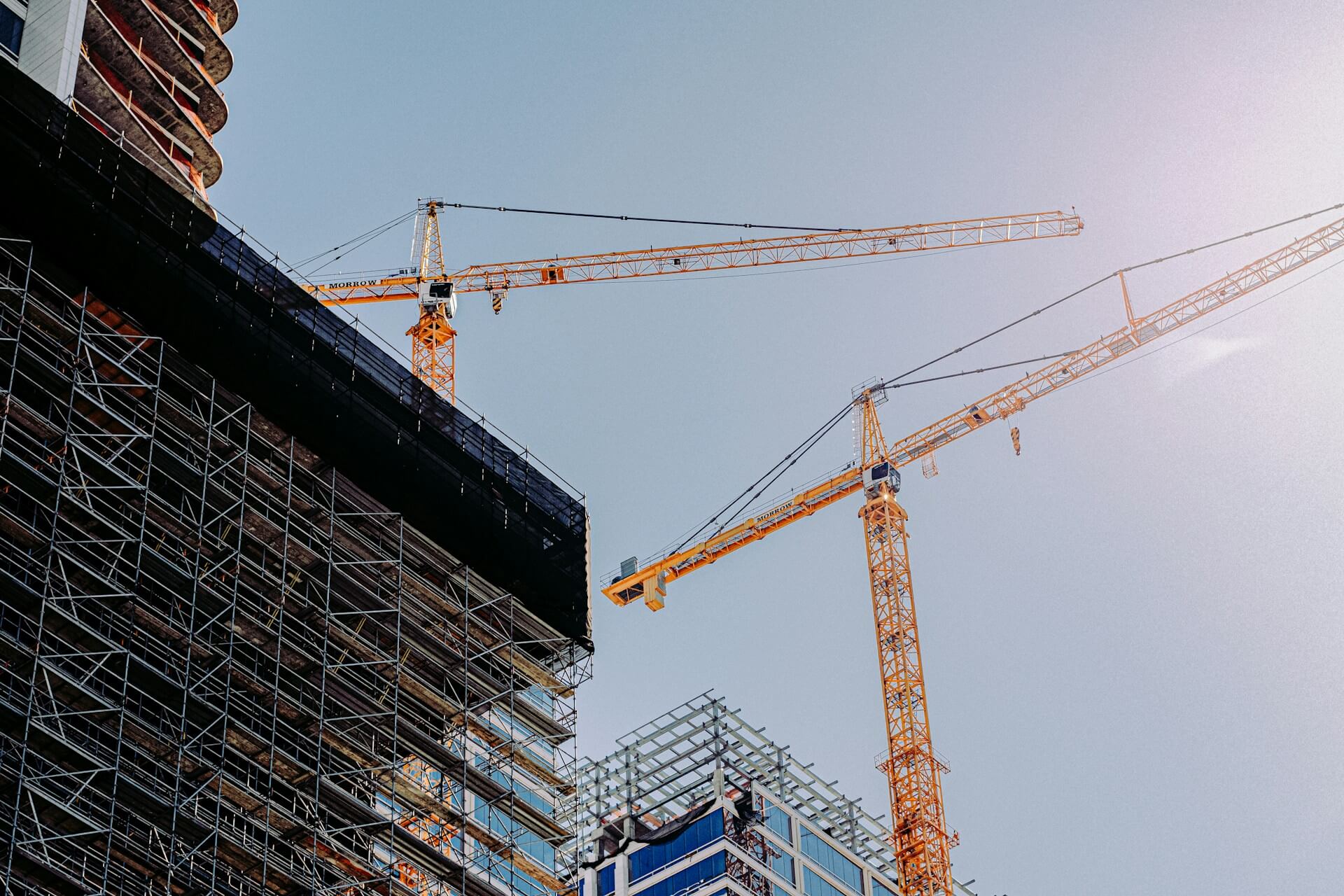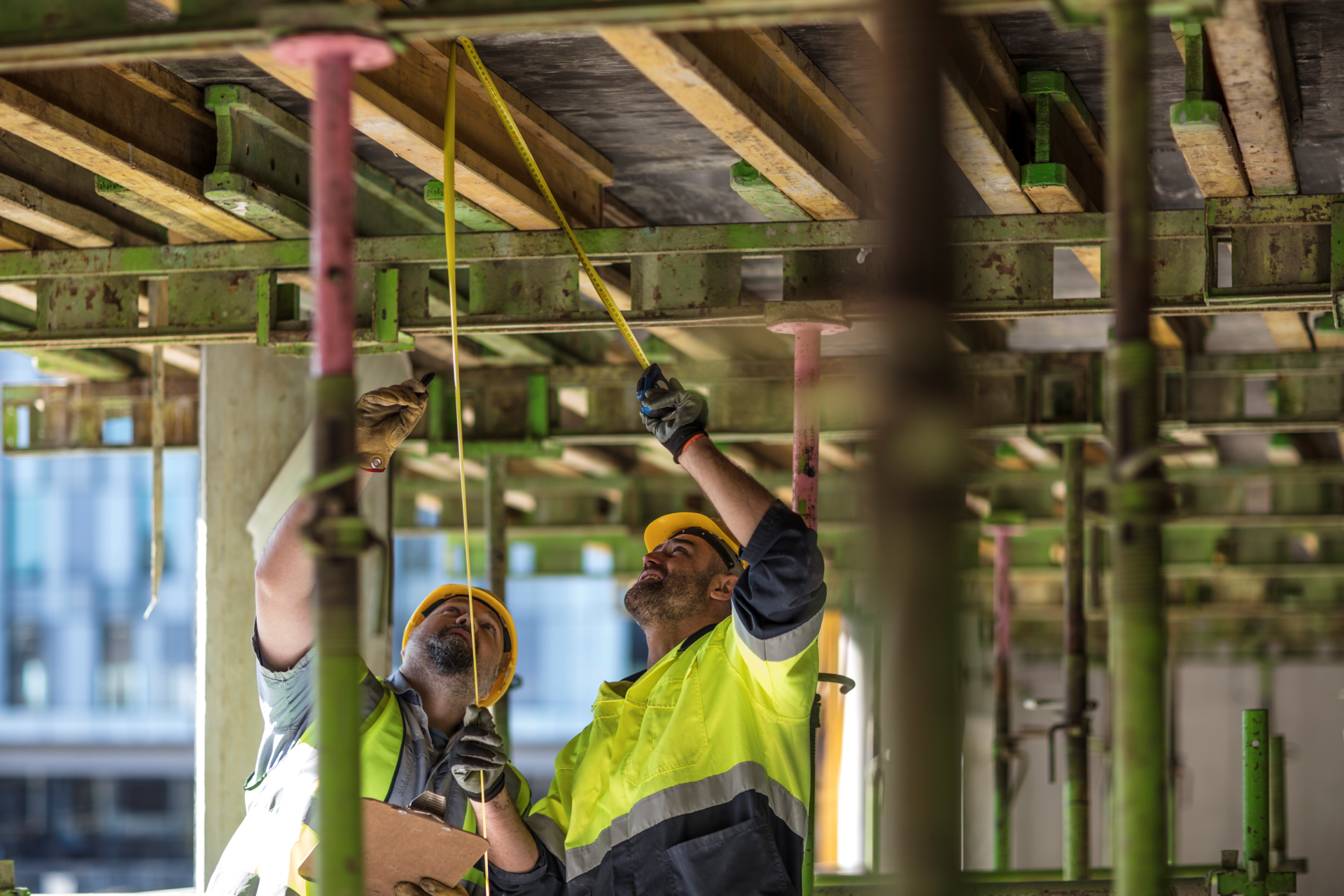Managing Risk in the Construction Industry: The Role of Strategic Insurance Solutions
Construction businesses face unique challenges due to the unpredictable nature of projects, safety, and regulations.
Construction Liability: The Core
Construction projects are inherently high-risk endeavors, involving complex operations, multiple parties, and unpredictable variables. Construction liability insurance is the backbone of risk management for contractors, property owners, and developers alike. It ensures that businesses are financially protected against claims arising from third-party injuries, property damage, or other unforeseen issues caused during the course of construction. However, this broad category of insurance can encompass several specific policies, each with its own critical function.
The Broad Scope of Construction Liability Insurance
At its core, construction liability insurance serves as a safeguard against financial devastation caused by third-party lawsuits, workplace accidents, and damage to property during construction activities. But beyond the basic coverage, here are several crucial components:
- General Liability Insurance: This covers accidents that occur on the job site, such as bodily injury or property damage to non-employees, including contractors, subcontractors, and even passersby. What many fail to consider is that general liability insurance doesn't cover damages caused by faulty work—that’s where professional liability or contractor’s liability kicks in. Without these, contractors risk facing expensive legal battles and repair costs that can cripple their business.
- Professional Liability Insurance: Also known as errors and omissions (E&O) insurance, this coverage becomes essential when the construction process involves design work or advice. If a contractor's plans, advice, or designs result in construction defects or delays, professional liability insurance covers the legal costs and damages from such mistakes or omissions. It’s a niche but critical coverage, especially for contractors who act as designers or engineers.
- Contractor’s Liability Insurance: For contractors handling large projects or subcontracts, contractor’s liability is indispensable. It can protect against claims for negligence or failure to perform that impact the quality of the project and affect the client’s satisfaction or the project’s completion timeline. Many businesses overlook this when budgeting, not understanding the high stakes involved if a construction project fails due to errors.
The pinch: What many businesses fail to realize is that without these comprehensive layers of insurance coverage, even minor incidents—such as a slip-and-fall injury on-site or damaged property—can lead to major financial setbacks. The costs associated with defending claims or paying out settlements often exceed the premiums of these policies combined. Without proper coverage, the cost of recovery can far exceed the cost of prevention.
Commercial Auto: Fleet Vehicles
For construction companies, a fleet of vehicles is more than just a necessity—it's a vital part of daily operations. Whether transporting materials, workers, or heavy equipment, your fleet is your logistical backbone. Commercial auto insurance provides the crucial coverage needed to protect these vehicles and your business.
Fleet Vehicles: More Than Just Transportation
Unlike personal vehicles, commercial auto insurance covers a fleet used explicitly for business operations. Liability coverage in the event of an accident is just one part of the picture. Key factors to consider:
- Property Damage: If a vehicle causes damage to another person’s property (e.g., damage to roads, buildings, or structures), your commercial auto policy will cover the cost. But beyond property, vandalism or theft of construction vehicles or tools could lead to significant downtime and lost business.
- Comprehensive & Collision Coverage: Vehicles transporting heavy or expensive machinery are vulnerable to a wide variety of risks. Collision coverage helps mitigate damage caused by accidents, while comprehensive coverage addresses non-collision events such as weather damage or vandalism, which are common in high-risk environments.
- Workers' Injury Coverage: If a worker is injured while being transported to or from the job site, commercial auto insurance may cover medical expenses if it falls under the scope of the policy.
The pinch: Many contractors assume that their personal auto insurance will suffice for fleet vehicles. However, personal auto policies often exclude coverage for vehicles used in business operations, and failure to secure the appropriate commercial coverage can result in costly liability issues and business interruptions. Furthermore, without comprehensive or collision coverage, construction companies risk crippling losses from vehicle damage or theft, especially when transporting high-value machinery.
Environmental: Site Contamination
The construction industry is under increasing scrutiny when it comes to environmental impact, particularly with soil contamination, waste disposal, and pollution risks. Environmental liability insurance helps businesses manage these risks by covering the costs associated with pollution cleanup, regulatory fines, and liability stemming from environmental damage caused by construction activities.
Key Risks Addressed by Environmental Liability Insurance
- Soil Contamination and Hazardous Waste: The improper disposal of chemicals, oils, or solvents during construction can lead to severe environmental damage. Soil contamination or the release of hazardous substances can result in cleanup costs running into the millions.
- Pollution Events: Whether caused by a construction site spilling oil, toxic waste being improperly discarded, or air pollution, construction activities can contribute to environmental damage. Insurance protects against the hefty cleanup costs and fines from regulatory bodies, like the EPA (Environmental Protection Agency).
- Liability for Environmental Damage: Environmental incidents can lead to lawsuits from third parties, such as affected residents or businesses. Liability coverage protects the contractor from potential legal repercussions.
The pinch: One of the most overlooked risks in construction is environmental exposure. Environmental pollution or contamination issues can cause irreparable harm to the local ecosystem, and many construction businesses don’t realize that without appropriate coverage, they can be financially responsible for both the cleanup and fines. The complexity of environmental regulations also makes it challenging for contractors to keep up with compliance, leaving them vulnerable to lawsuits and penalties.
Surety Bonds: A Financial Safety Net
In large-scale construction projects, particularly those involving public work, surety bonds are often required. These bonds serve as a financial guarantee that the contractor will complete the project according to the contract terms and in a timely manner. If the contractor fails to do so, the bond provides compensation to the client for the cost of completion.
The Role of Surety Bonds in Construction
- Performance Bonds: Guarantees that the contractor will fulfill their obligations according to the terms of the contract. If they fail to perform, the bond compensates the client for any additional costs incurred to complete the project.
- Payment Bonds: Ensures that the contractor pays their subcontractors and suppliers as required under the terms of the contract. This is crucial to prevent delays or work stoppages caused by unpaid workers.
- Bid Bonds: A bid bond ensures that if the contractor wins the bid, they will enter into the contract and provide the required performance and payment bonds.
The pinch: Surety bonds are not an insurance policy, but they provide financial security for both the contractor and the client. A failure to comply with contract terms or an inability to complete a project can result in bond claims, which can damage a contractor's reputation and financial stability. Many contractors underestimate the complexity of bond requirements or mistakenly assume they are just an administrative formality. The reality is that unsatisfied bond claims can significantly harm a contractor’s creditworthiness and future opportunities, especially in the public sector.
Conclusion: Correctly Protecting Your Project
The construction industry is full of unpredictable risks, and business owners must be proactive in managing them. By securing the appropriate construction liability insurance, workers’ compensation, environmental liability, and surety bonds, contractors can mitigate these risks and avoid costly setbacks. Understanding emerging risks, such as cyber threats, climate change, and evolving regulations, and addressing them with targeted insurance coverage is vital to ensuring the long-term success of your construction business.
Partnering with experienced insurance professionals who understand the nuances of the construction industry will not only protect your assets but also help you navigate the complex landscape of insurance and bonding requirements. With the right coverage, you can confidently pursue new projects, grow your business, and minimize potential liabilities.
Photo by Scott Blake on Unsplash



